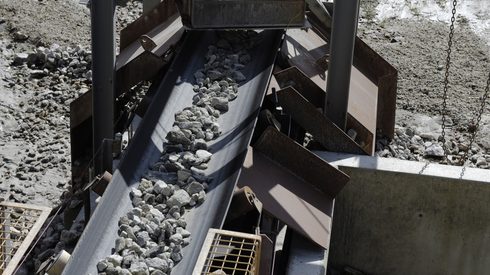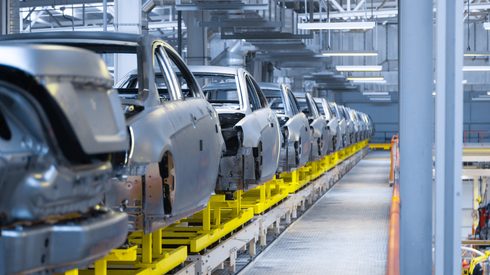Proposed capital spending will grow by 35.4% year on year, to 7.5 trillion rupees ($100.22 billion).
The government aims to enhance job creation and boost economic activity by expanding national highways, increasing affordable housing and manufacturing new-generation trains, which will help the steel industry, sources said.
“It is a visionary budget… with a multi-modal approach to boost transport and logistics,” the president of the Indian Steel Association, Dilip Oommen, said. “A significant increase of 35.4% in capital expenditure will also have a multiplier effect and provide impetus to drive growth, [creating] steel demand.”
Government spending increased due to economic recovery in the last fiscal year and created a positive outlook for the year ahead. The government projects India’s economy will grow by 9.2% in the current fiscal year and by 11.1% in 2022-23.
“India’s gross domestic product [GDP] in dollar terms has already crossed $3 trillion,” India’s chief economic advisor, Anantha Nageshwaran, said in a post-budget press conference.
The budget allocated to the Ministry of Road Transport and Highways for 2022-23 is $2.66 billion, up from $1.61 billion year on year, while the Railways Ministry was allocated $1.86 billion, compared with $1.5 billion for the year 2021-22.
“The union budget for the financial year 2022-23 holds promise for faster economic development, putting the Indian economy on a still-higher trajectory of growth,” Steel Authority of India (Sail) chairman Soma Mondal said. “The budget envisages higher public investment and capital spending by the government.”
“There is a direct focus on intensifying the infrastructure developmental activities through the Gati Shakti plan focusing on highways, the Awas Yojna plan in rural and urban areas, the Har Ghar Nal Se Jal scheme, etc,” Mondal added.
“The additional focus on the MSME sector will also trigger enhanced economic activities. These efforts are sure to have a positive impact on the overall economy and it augurs well for the steel sector,” Mondal added.
Among the major infrastructure projects scheduled for the next financial year is the completion of 25,000km national highways and manufacturing of 400 new generation Vande Bharat trains (both under theGati Shakti plan), implementation of the Ken Betwa Link Project to beneficiate 910,000 hectares of farm land, providing drinking water to 6.2 million people and generating 130MW power, completion of 8 million houses (under the Awas Yojna plan) as well as infrastructure and social development based on needs of the north-east of the country under the DevINE plan.






